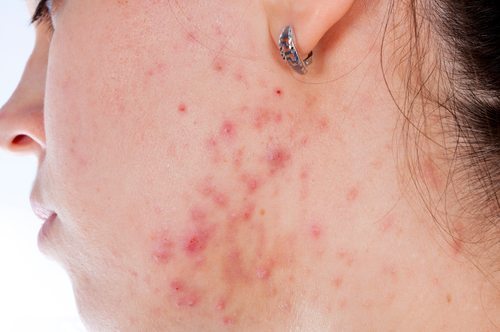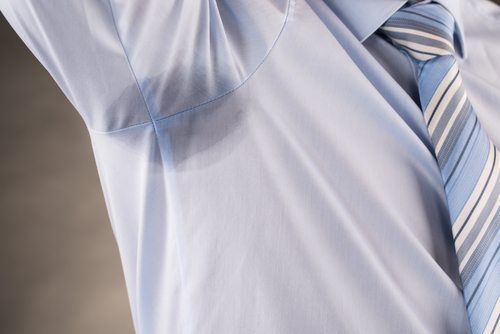What Is Actinic Keratosis?
“Actinic keratosis? What is actinic keratosis?” When you look for problems in your skin, what are you looking for? You surely know to watch for changes in your moles, but if that’s all you’re doing, you could be ignoring issues that need attention. Actinic keratosis—abbreviated AK—is one of these conditions. We’ll discuss what it is, as well as the causes, symptoms, and treatment options for AK.
What Is Actinic Keratosis?
Actinic keratosis (you may have heard it called solar keratosis) is a precancerous lesion resulting from several years of sun exposure. It manifests itself in rough or scaly patches of skin, usually on face, lips, scalp, ears, forearms, hands, or neck.
Causes
UV rays from the sun or from tanning beds are what cause actinic keratosis. The radiation alters an individual’s keratinocytes, causing the rough patches to form. Those with fair skin are more susceptible to AK, as are those who are bald/have thinning hair.
Symptoms
The dry, rough patch of skin will often be:
- less than 1 inch in diameter,
- a different color from your normal skin (usually brown or pink),
- itchy or burning,
- or will have a wart-like appearance.
Sometimes, if AK worsens, it will grow or bleed. It is imperative that you see a doctor at this point.
Diagnosis
Your dermatologist will diagnose you usually through a physical examination, but, in some cases, a biopsy is necessary. You can often spot what you think might be AK at home, but—because it can be difficult to see the changes yourself—visit a dermatologist regularly to watch for this condition and others.
Treatment
“Precancerous” does not mean every case of actinic keratosis will lead to cancer. But if you leave your AK untreated, you have a much higher risk of contracting a type of skin cancer called squamous cell carcinoma. If you’ve been diagnosed with AK, consider one of these treatment options:
- Chemical peel: These strong peels destroy the top layers of skin. The treated area will be inflamed and sore, but healthy new skin will replace it.
- Electrosurgery: Electrosurgery cauterizes the skin while removing the skin lesion. This process removes the AK on a deeper level and encourages new healthier skin to form.
- Photodynamic therapy (PDT): Levulan is applied to make the skin more sensitive to light. After 1-2 hours of incubation, the treated skin is exposed to blue or laser light. The light activates the solution and destroys AKs. As the skin heals, new healthy skin appears.
- Laser resurfacing: A laser removes the surface layer of the skin, destroying AK cells. After treatment, the skin will be raw and sore. The skin heals within 1 or 2 weeks, revealing healthier new skin.
- Cryotherapy: Destroys visible AKs by freezing them. The treated skin often blisters and peels off within a few days to a few weeks. When the skin heals, you may see a small white mark.
If you think you might have actinic keratosis—or any other skin problem—and you live in southwest Missouri, contact DermaHealth Laser & Skin Care Clinic. At our facilities, we can diagnosis your condition, offer all of the treatment options listed above, and help you prevent rising issues in your skin. Simply give us a call at 417-447-7777 or schedule a free consultation online. We look forward to hearing from you!











